Economists Unanimously Agree That U.S. Tariffs Are a Tax on American Consumers Despite What Trump and Vance Are Promising
At a rally in Wilkes-Barre, Pennsylvania, on August 17, former President Donald Trump once again championed tariffs as a key policy point.
Promising to impose an across-the-board tariff on all imported products if re-elected, Trump claimed these tariffs are a tax on foreign countries, not Americans. However, many economists argue this couldn’t be further from the truth.
JD Vance’s Spin on Tariffs
Republican vice-presidential nominee JD Vance doubled down on Trump’s tariff rhetoric during an interview on NBC’s Meet the Press on August 25. Vance suggested that economists “disagree” about the effects of tariffs on American consumers.
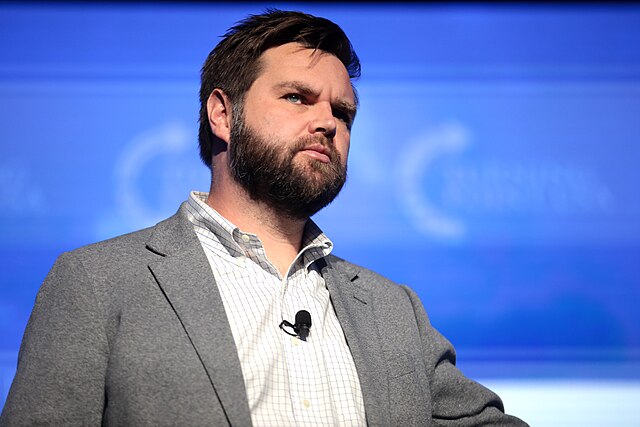
Source: Gage Skimore/Wikimedia
In his view, higher tariffs would lead to job creation and ultimately higher wages for U.S. workers. But economists from across the board have pointed out major flaws in this argument.
What Economists Actually Say About Tariffs
In contrast to Trump and Vance’s claims, economists overwhelmingly agree that tariffs raise prices for American consumers.

Source: Freepik
A study from the University of Chicago Booth School of Business, conducted in 2019, found that the cost of tariffs is largely passed on to U.S. households. Keep in mind that this isn’t a matter of opinion. It’s basic economics supported by decades of research and data.
A Hidden Tax on Americans
The truth about tariffs is that they’re a tax on domestic consumption. When the U.S. imposes tariffs, it’s American importers, not foreign producers, who pay the price.

Source: Freepik
These costs are then passed on to consumers through higher prices on everyday goods, from washing machines to cars. Even economists supporting some tariffs agree that consumers ultimately bear the burden.
The Real Cost of Trump’s Tariffs
It’s estimated that Trump’s tariffs would cost the average family around $1,500 per year.
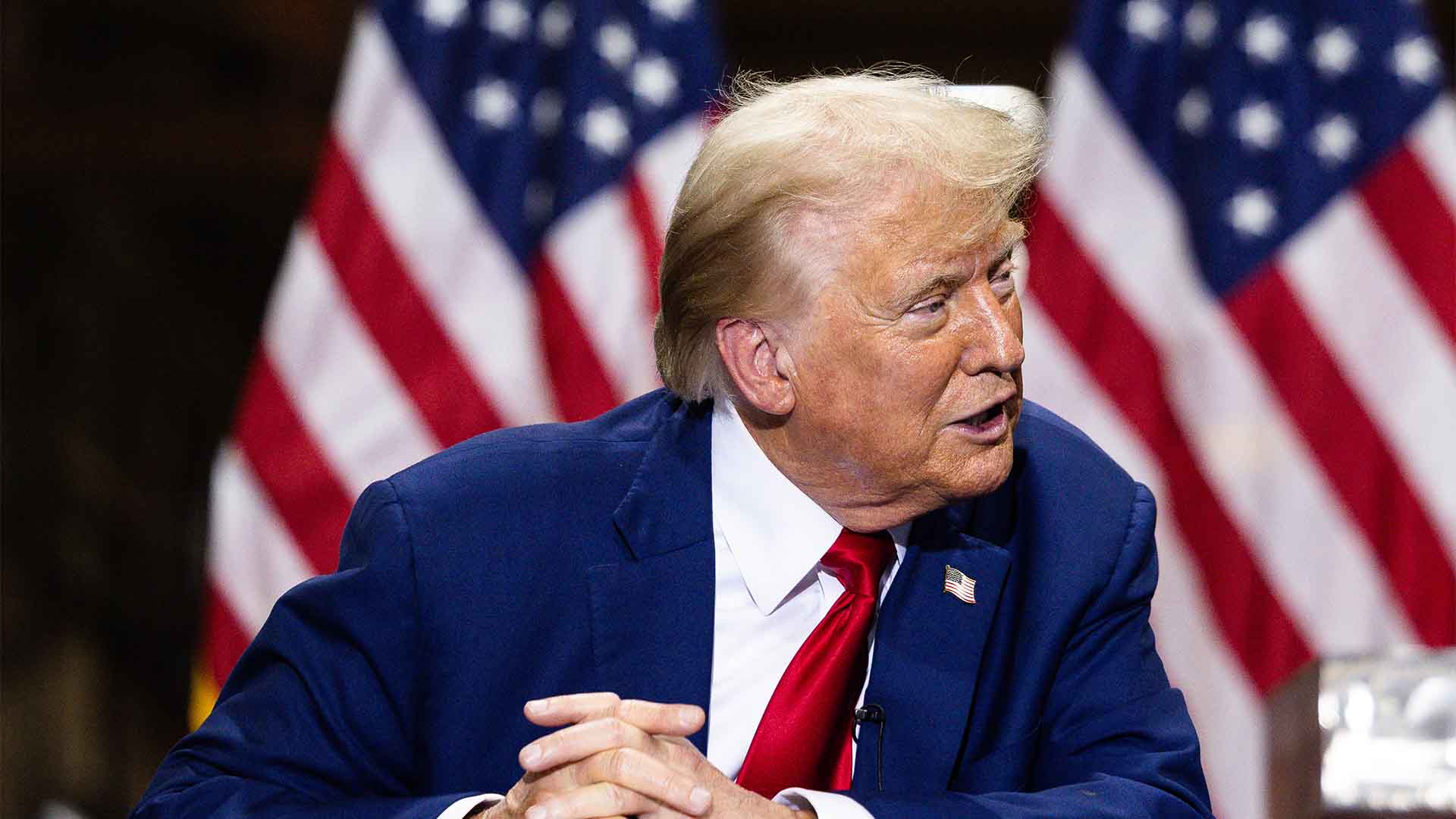
Source: Tierney L. Cross/Getty Images
And that’s not even taking into account the potential job losses and economic damage caused by retaliatory tariffs from other countries.
JD Vance’s Misleading Argument
In his August 25 interview, Vance claimed that tariffs bring more jobs to the U.S., ultimately leading to higher wages that offset any initial cost increases for consumers. However, economists disagree.
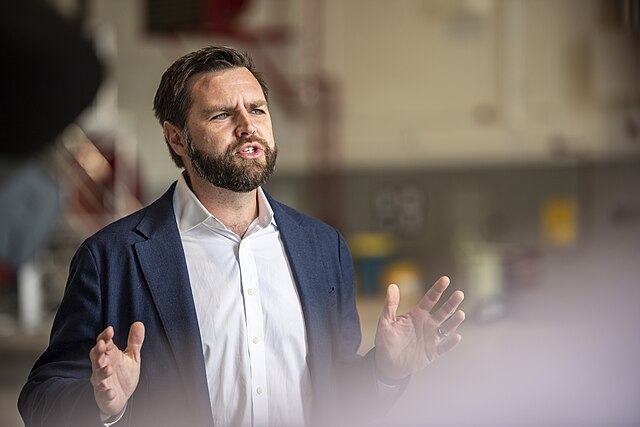
Source: Ralph Branson/Wikimedia
Studies, such as those from the Tax Foundation, show that tariffs have led to job losses, not gains. The foundation estimated that Trump’s tariffs cost 142,000 American jobs by 2020.
Tariffs on Washing Machines: A Case Study
In 2018, Trump imposed tariffs on imported washing machines, resulting in price hikes for consumers. A study from the Federal Reserve showed that washing machine prices increased by 11%, or roughly $86 per unit.
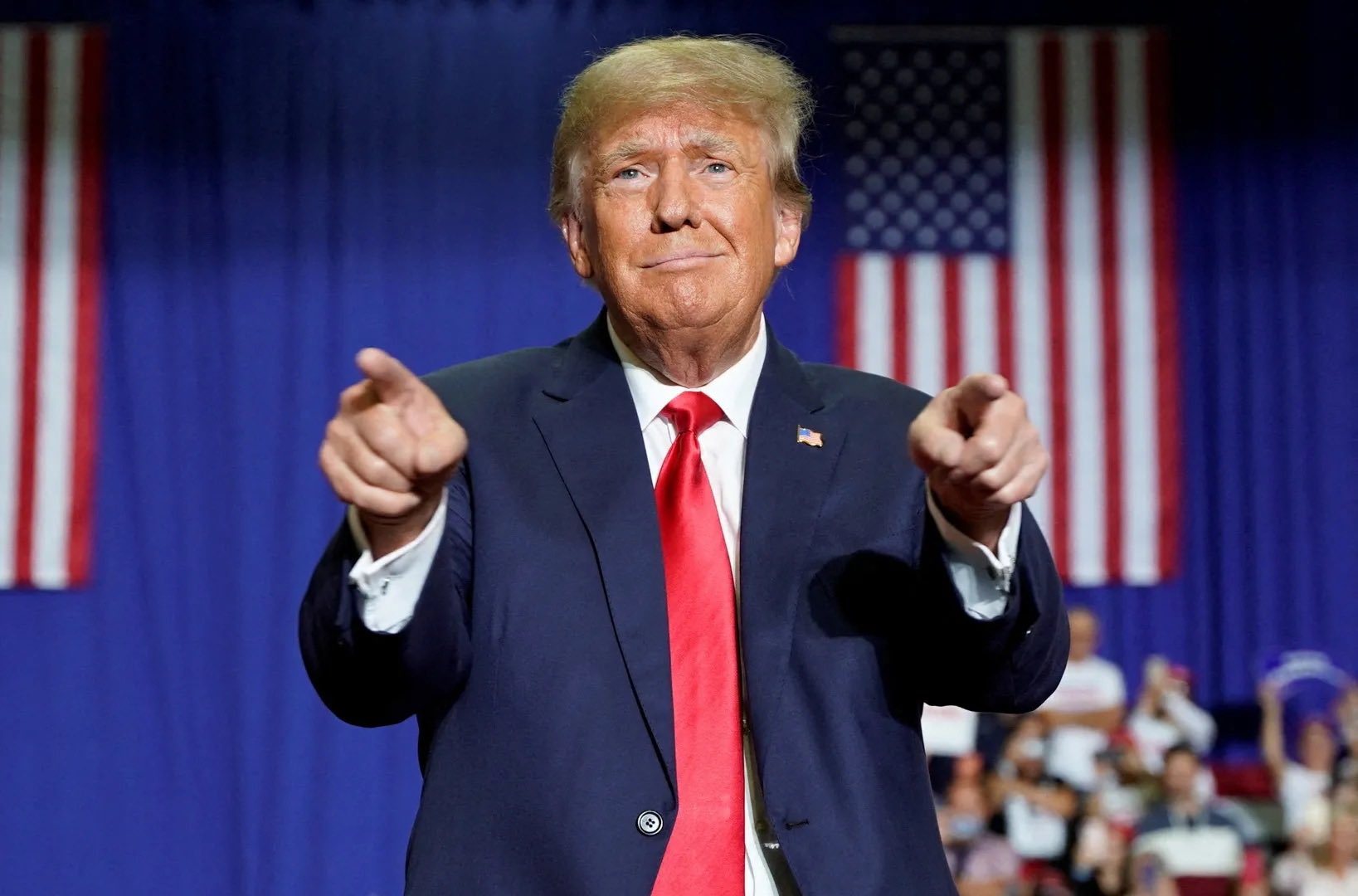
Source: @BRICSinfo
Even dryers, which weren’t subject to tariffs, saw price increases. This shows how companies often pass on more than just the tariff cost to consumers.
The Misconception About Tariffs on Chinese Products
While Trump has repeatedly floated the idea of a 60% tariff on Chinese goods, the effects of such a move would be disastrous for American consumers.
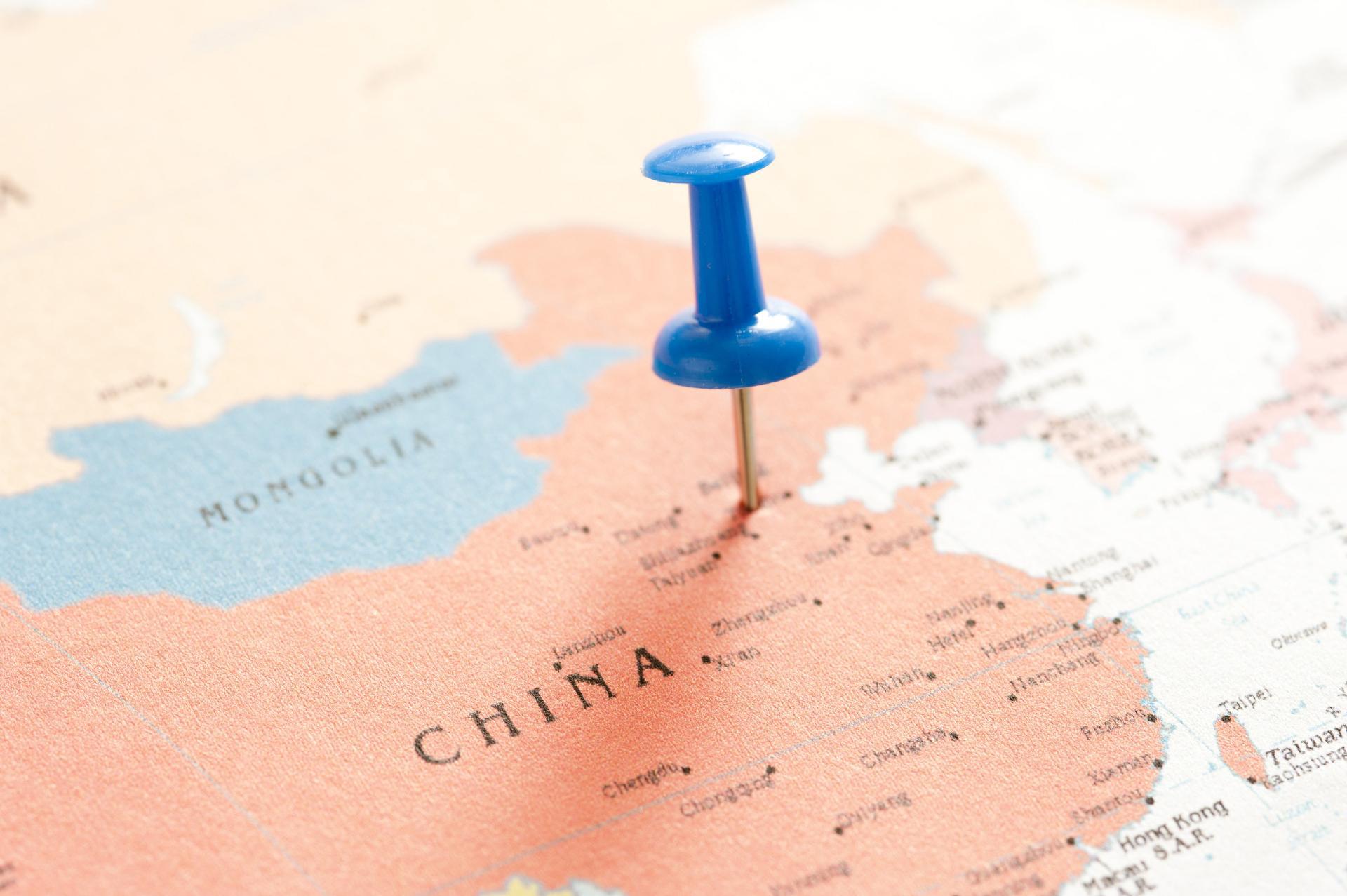
Source: Freeimageslive
Economists predict that prices would skyrocket for everyday products made from Chinese imports.
Trump’s Claims About Falling Prices
Trump has claimed that manufacturing returned to the U.S. during his presidency and that prices fell as a result. But the data tells a different story.
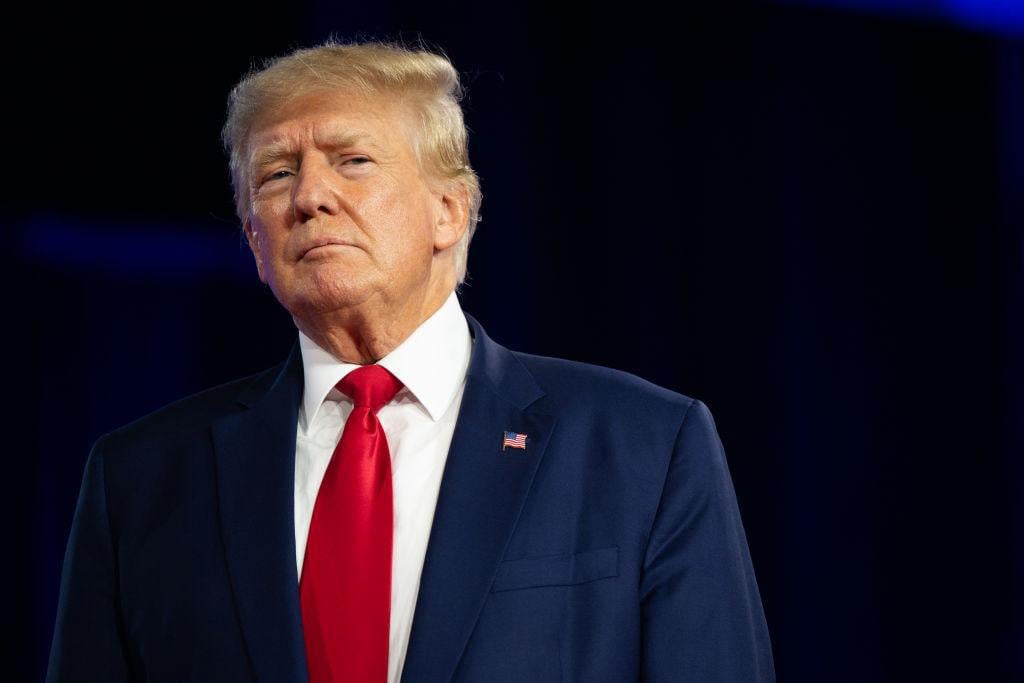
Source: Getty Images
While there was a slight increase in manufacturing jobs, prices on many imported goods rose, making it harder for American families to afford basic necessities. The cost of tariffs, hidden in the price tags, quietly took a toll on the economy.
The Harris Campaign’s Pushback
Vice President Kamala Harris has argued that Trump’s tariffs function like a national sales tax, raising prices on American families by nearly $4,000 per year.
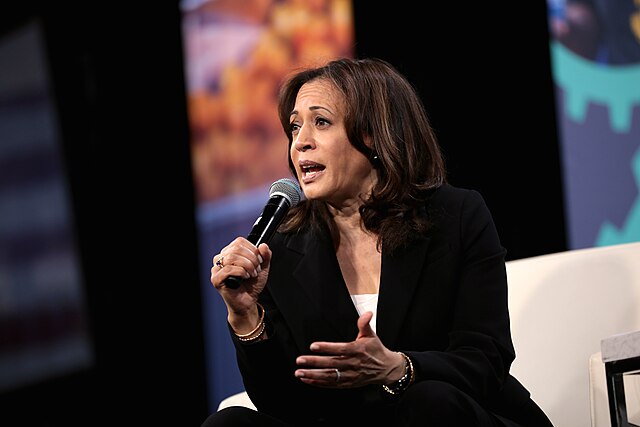
Source: Gage Skidmore/Wikimedia
While some economists debate the exact figure, there’s broad consensus that tariffs raise prices significantly. Harris’s claim may use a high estimate, but it aligns with accepted economic theory on how tariffs work.
Why Tariffs Don’t Pay for Themselves
Vance’s assertion that tariffs pay for themselves by creating jobs and raising wages doesn’t hold up under scrutiny. Economists at the University of California, Berkeley, and other institutions found that Trump’s tariffs resulted in large consumer losses.
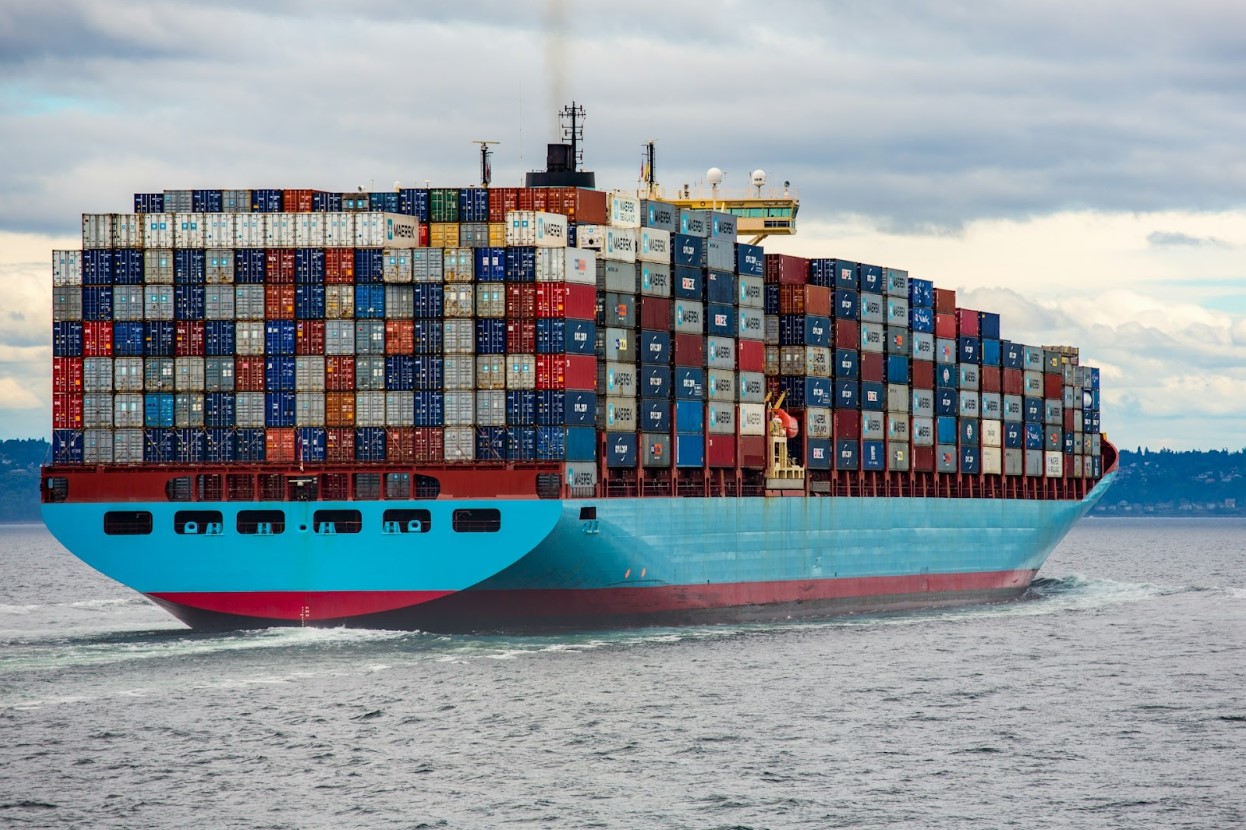
Source: Ian Taylor/Unsplash
The evidence suggests that any job gains in specific industries are outweighed by broader losses in the economy.
The Truth Behind the Tariff Debate
At the end of the day, Trump and Vance’s promises about the benefits of tariffs don’t match the facts.

Source: Wikimedia
Tariffs, as most economists agree, are ultimately a hidden tax on American households, not a foreign country.
